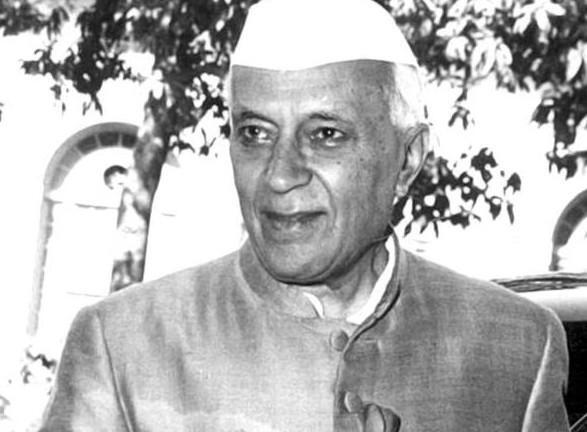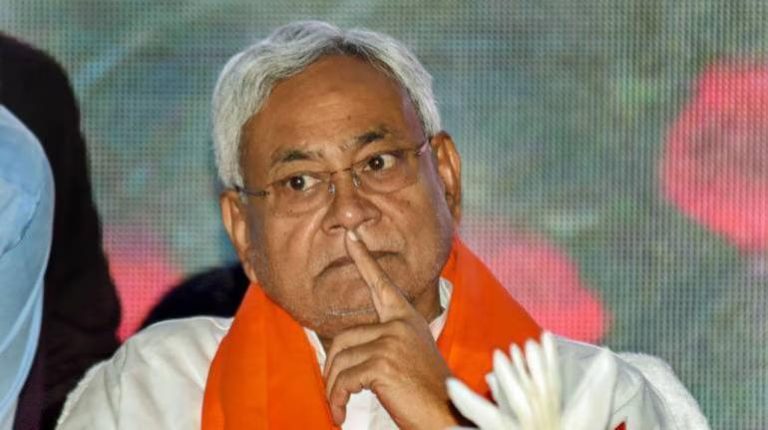
Cable TV Loses 5 Lakh Jobs as Digital Platforms Take Over
The Indian pay TV sector has been grappling with a significant crisis, as it has lost over 5 lakh jobs in the past seven years. This staggering figure is a direct result of the sharp decline in subscribers, driven by the rise of over-the-top (OTT) platforms, smart TVs, and free satellite services. The revenue of the sector has taken a hit, dropping by a whopping 16% since 2019. This decline signals a broader digital disruption, highlighting the urgent need for workforce upskilling and adapting to a post-linear media landscape.
According to a recent report, the Indian cable TV industry employed around 10 lakh people in 2014. However, by 2021, the number had dropped to around 4.5 lakh. This represents a massive loss of over 5 lakh jobs, which has had a profound impact on the lives of thousands of workers and their families.
The decline of the cable TV industry can be attributed to several factors. One of the primary reasons is the rise of OTT platforms such as Netflix, Amazon Prime, and Hotstar. These platforms offer a wide range of content, including movies, TV shows, and original content, at affordable prices. This has led to a shift in consumer behavior, as people are opting for OTT platforms over traditional cable TV.
Another factor contributing to the decline of the cable TV industry is the increasing popularity of smart TVs. With the advent of smart TVs, consumers can access a wide range of content, including movies, TV shows, and original content, without the need for a separate set-top box. This has reduced the need for cable TV connections, leading to a decline in subscribers.
Free satellite services have also played a significant role in the decline of the cable TV industry. Many satellite operators, such as Tata Sky and Dish TV, offer free services to their subscribers, which has led to a decline in the number of paid subscribers.
The decline of the cable TV industry has had a significant impact on the workforce. Many workers in the industry have been left without jobs, and those who have managed to hold on to their jobs are facing uncertainty about their future. The industry’s decline has also led to a loss of revenue for the government, as the industry was a significant contributor to the country’s GDP.
The decline of the cable TV industry is a warning sign for other industries that are heavily reliant on traditional business models. The shift to digital platforms is a trend that is here to stay, and industries need to adapt quickly to survive. The Indian government needs to take urgent action to address the crisis in the cable TV industry, including providing support to workers who have lost their jobs and helping the industry to adapt to the changing landscape.
Upskilling the Workforce
One of the most pressing challenges facing the industry is the need to upskill the workforce. Many workers in the industry lack the skills needed to adapt to the changing landscape. The industry needs to invest in training programs that can help workers develop the skills they need to succeed in a digital world.
The Indian government can play a significant role in addressing this challenge. The government can provide funding for training programs, and can work with industry stakeholders to develop training programs that meet the needs of the industry.
Adapting to a Post-Linear Media Landscape
The decline of the cable TV industry is a sign of a broader digital disruption in the media industry. The rise of OTT platforms, social media, and other digital platforms has changed the way people consume media. The industry needs to adapt to this new landscape by developing new business models and content strategies.
The Indian government can play a significant role in supporting the industry’s transition to a post-linear media landscape. The government can provide funding for research and development, and can work with industry stakeholders to develop new business models and content strategies.
Conclusion
The decline of the cable TV industry in India is a significant crisis that requires urgent attention. The industry has lost over 5 lakh jobs in the past seven years, and the revenue has dropped by 16% since 2019. The industry needs to adapt quickly to the changing landscape, and the Indian government needs to provide support to workers who have lost their jobs and help the industry to develop new business models and content strategies.
The decline of the cable TV industry is a warning sign for other industries that are heavily reliant on traditional business models. The shift to digital platforms is a trend that is here to stay, and industries need to adapt quickly to survive.
Source: https://youtu.be/AMHTmYb_Hz8






